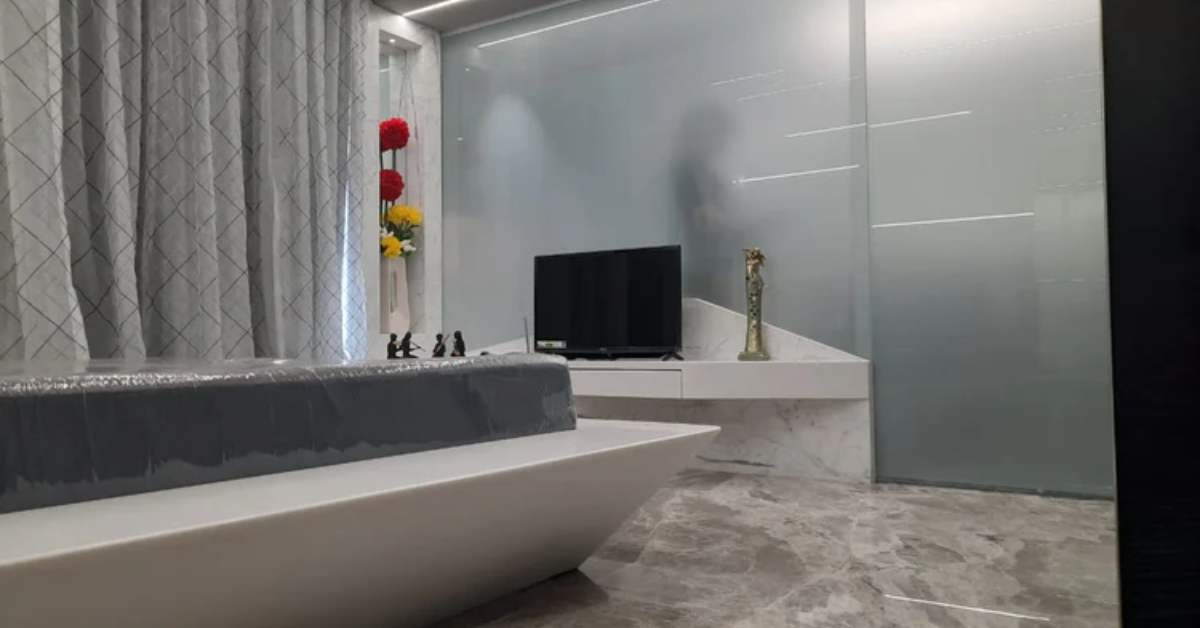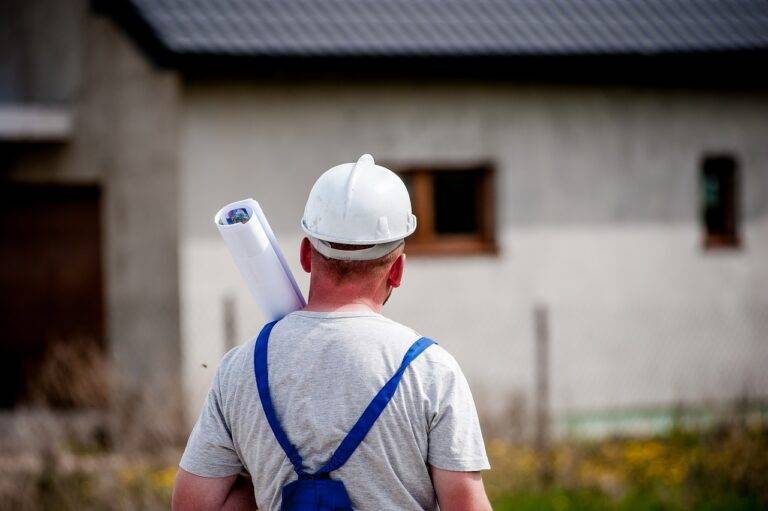Understanding Marble Stone Price: Factors That Affect the Cost of Marble
Marble is a timeless and luxurious material, highly sought after for both residential and commercial projects. Whether used for flooring, countertops, or decorative accents, marble exudes sophistication and elegance. However, one key consideration before incorporating marble into your design project is its price. Marble Stone Price can vary significantly based on various factors, and understanding these aspects can help you make an informed decision when purchasing marble for your next project.
What Determines Marble Stone Price?
The price of marble is influenced by several factors, ranging from its quality and origin to the specific application for which it is intended. To get a clearer picture of why marble can vary in cost, let’s explore the primary factors that affect marble stone pricing.
1. Quality of Marble
Marble quality is perhaps the most crucial factor in determining its price. High-quality marble tends to be more expensive due to its superior texture, finish, and durability. Marble that is free from cracks, veins, or discoloration is considered to be of better quality and, therefore, commands a higher price.
The best quality marbles are typically sourced from specific quarries renowned for producing exceptional stone. For example, marbles like Carrara, Calacatta, and Statuario are highly prized for their aesthetic appeal and strength, which contributes to their higher price points.
2. Origin of the Marble
The geographical origin of the marble also plays a significant role in determining its price. Some regions are known for producing higher-quality marble, while others may be more affordable due to different production processes or materials available.
Italian marble, for instance, is highly sought after globally for its fine quality, which means it can be on the expensive side. Similarly, marble from India and Turkey, which is also well-known, may offer a more affordable price while still maintaining a high standard of quality. The cost of transporting marble from one region to another can also add to the overall price.
3. Type of Marble
There are various types of marble, each with its unique characteristics. Some of the more popular varieties include:
-
Carrara Marble: This classic white marble from Italy is one of the most widely used and recognized types. It is known for its subtle veining and is often used in kitchens, bathrooms, and flooring.
-
Calacatta Marble: Calacatta is a rarer and more luxurious variety with bolder veins and a more dramatic look than Carrara marble. It is often more expensive due to its rarity and superior aesthetics.
-
Statuario Marble: This is another premium Italian marble, often used for high-end residential and commercial projects. It has a pure white background with striking veins.
While these high-end varieties will certainly increase marble prices, other types like Emperador or Crema Marfil can offer more affordable options while still providing the timeless beauty associated with marble.
4. Marble Finish
The finish applied to the marble can also affect its cost. Marble can be polished, honed, brushed, tumbled, or left with a matte finish. Polished marble is more reflective and requires more labor-intensive processes, thus driving up the price. In contrast, honed or brushed finishes tend to be more affordable due to the simpler production methods involved.
A polished finish will often provide a glossy and luxurious look, but it may also be more prone to scratches, which is why some homeowners or designers prefer the softer, matte look of a honed finish for certain applications.
5. Size and Thickness
The size and thickness of the marble slabs will directly impact the overall price. Larger and thicker slabs of marble are more expensive due to the additional material and labor required for cutting and installation. Additionally, marble tiles can often be more cost-effective compared to full slabs due to ease of transport and installation.
For projects requiring custom-cut marble pieces or large-scale installations, such as flooring for grand halls or expansive countertops, the price can significantly increase due to the labor-intensive nature of working with large slabs.
6. Installation Costs
Another aspect of the total cost of marble that should be considered is installation. The process of installing marble can be complex, requiring skilled labor to ensure the material is laid properly and seamlessly. Depending on the complexity of the project, including intricate patterns or custom-cut pieces, installation costs can add a considerable amount to the overall price.
It’s also essential to factor in maintenance costs, as marble requires regular cleaning and sealing to prevent staining and damage over time.
7. Supply and Demand
Like any commodity, the price of marble can fluctuate based on supply and demand. If a particular marble variety is in high demand or if there are disruptions in the supply chain, prices may rise. Market conditions, such as an increased demand for marble due to global construction booms or certain interior design trends, can influence prices.
Furthermore, natural disasters or geopolitical events that impact marble-producing regions can result in price spikes as supplies dwindle.
8. Transportation Costs
The distance between the quarry and your location can add significantly to the marble price. Shipping marble over long distances involves costs related to transportation, packaging, and import taxes. If you’re sourcing your marble from international markets, be prepared to pay higher transportation fees, which will naturally be reflected in the final price.
How to Get the Best Deal on Marble Stone Price?
When shopping for marble, it’s essential to balance quality with budget. Here are some tips to help you get the best value for your investment:
-
Research Different Types and Brands: Compare prices between various types of marble and different suppliers. Ensure you’re getting the best possible quality within your budget.
-
Consider Smaller Quantities: If your project doesn’t require large quantities of marble, consider using smaller tiles or selecting a less expensive variety that still offers the elegance of marble.
-
Consult a Professional: Engaging a contractor or interior designer who has experience working with marble can help you make better choices regarding the right material and finish for your project while keeping costs down.
-
Take Advantage of Discounts: Marble suppliers may offer discounts during off-peak seasons, so be sure to keep an eye out for potential deals.
Conclusion
The price of marble stone is not fixed and can vary based on factors like quality, origin, type, finish, and even installation costs. By understanding the elements that contribute to the marble stone price, you can make an informed decision and select the best marble for your project without breaking the bank. Whether you opt for a luxurious variety like Calacatta or a more budget-friendly option, the elegance and durability of marble will undoubtedly elevate your space.







